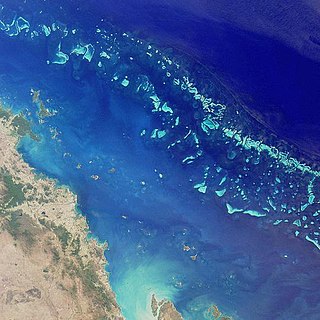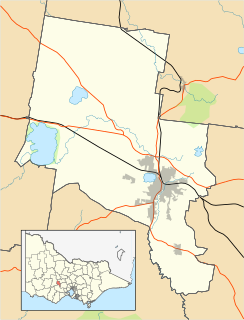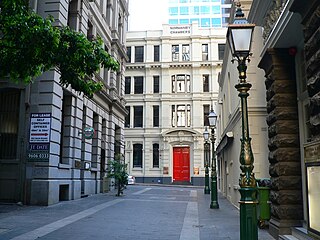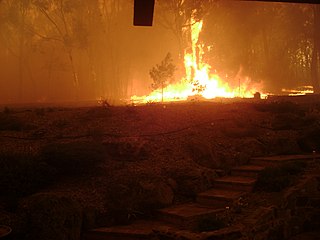A Heritage Overlay or HO is one of a number of planning scheme overlays contained in the Victorian Planning Provisions, for use in planning schemes in Victoria, Australia. The heritage overlay schedule of each local government planning scheme lists sites of local and state significance (Victorian Heritage Register) but does not include sites on the Australian National Heritage List.

The Victorian Heritage Register (VHR) lists places deemed to be of cultural heritage significance to the State of Victoria, Australia. It has statutory weight under the Heritage Act 1995 which established Heritage Victoria as the State Government listing and permit authority. Listing on the Victorian Heritage Register is separate from listing by a local Council or Shire, known as a Heritage Overlay. Heritage Victoria is currently part of the Department of Environment, Land, Water and Planning of the Government of Victoria, Australia. Heritage Victoria reports to the Heritage Council who approve recommendations to the Register and hear appeals when a registration is disputed. The Council also hears appeals by an owner to a permit issued by Heritage Victoria. The Minister for Planning is the responsible Minister for Heritage Victoria and the Heritage Act 1995. As of 2013, there were over 2,200 places and objects listed on the VHR.

The Australian National Heritage List is a heritage register, a list of national heritage places deemed to be of outstanding heritage significance to Australia. The list includes natural, historic and indigenous places. Once on the National Heritage List the provisions of the Environment Protection and Biodiversity Conservation Act 1999 apply.
The Heritage Overlay is used to protect sites that have heritage value, meaning that individual buildings or whole urban precincts may be covered. The protection afforded by a Heritage Overlay varies in each instance, though the controls apply to built structures and their associated land. The minimum level of protection is afforded by the mere existence of the overlay and means that any work at all to the building or site will require a planning permit, ensuring that a higher level of scrutiny automatically occurs, regardless of any specific control measures cited. Exemptions from permits can be achieved via a site specific exclusion or an incorporated plan listed in the schedule to the overlay.

Cultural heritage is the legacy of physical artifacts and intangible attributes of a group or society that is inherited from past generations. Not all legacies of past generations are "heritage", rather heritage is a product of selection by society.
Each planning scheme will have a set of maps which indicate the location of overlay controls. Associated with the maps is a schedule listing every individual overlay in that planning scheme according to the following criteria:
- Planning Scheme map reference (HO+number)
- Address of building or name of precinct
- External paint controls
- Internal alteration controls
- Tree controls
- Exemptions for certain outbuildings or fencing
- Victorian Heritage Register listing
- Prohibitions on uses
- Reference to other parts of the Planning Scheme
- Aboriginal heritage
An easy to follow description of how to read a heritage overlay and the different related documents is found at the City of Ballarat Website - What is a Heritage Overlay.










